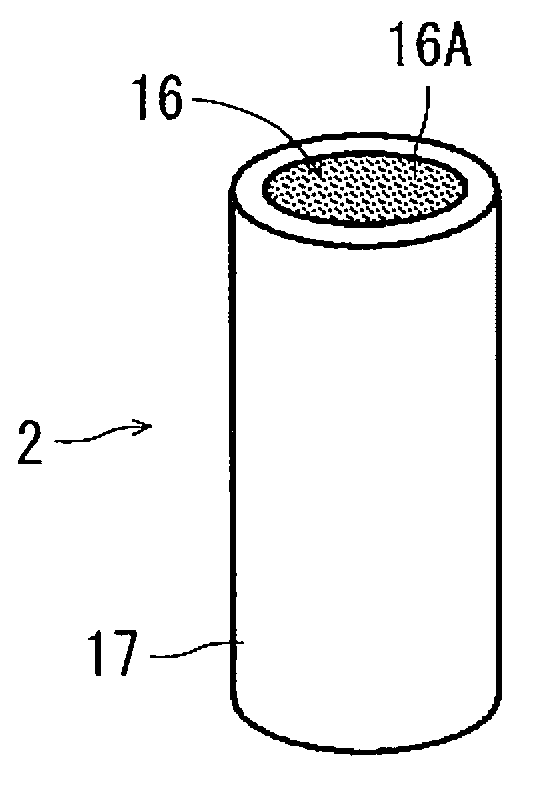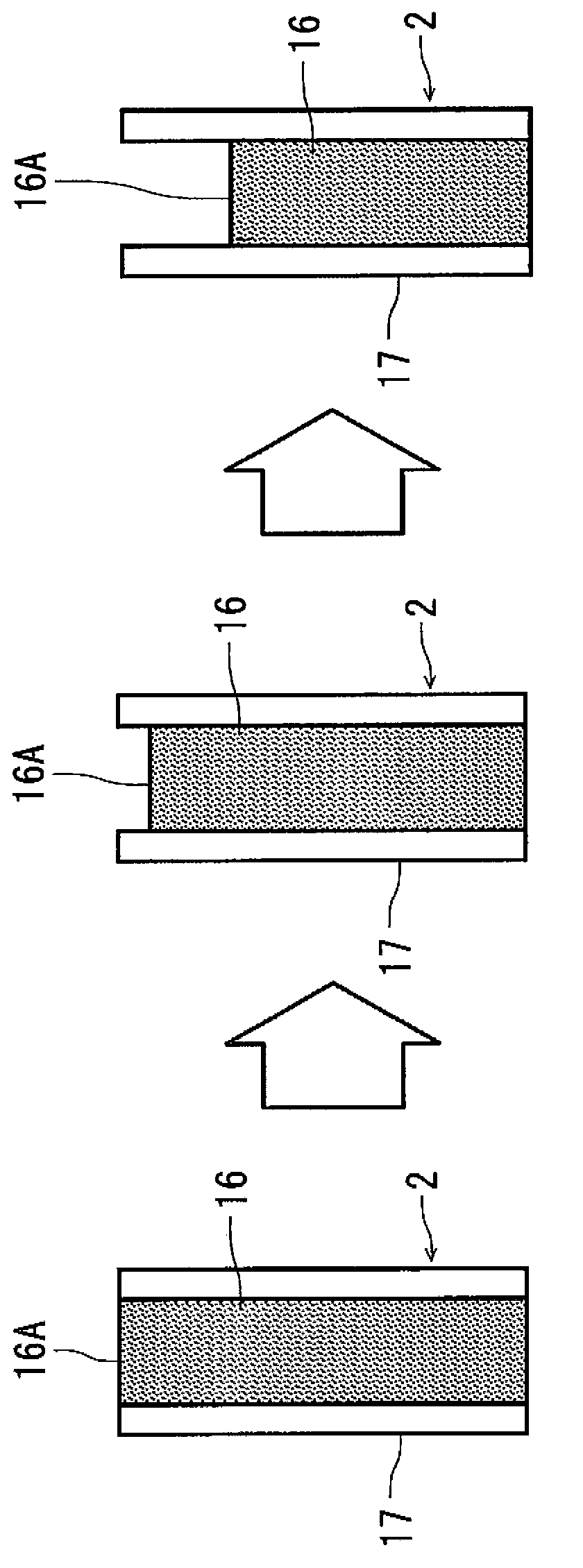Polarographic residual chlorine sensor
A residual chlorine and polarographic technology, applied in the field of polarographic residual chlorine sensors, can solve the problems of reduced sensitivity and reduced measurement current value, and achieve the effect of high-precision and high residual chlorine concentration measurement
- Summary
- Abstract
- Description
- Claims
- Application Information
AI Technical Summary
Problems solved by technology
Method used
Image
Examples
Embodiment Construction
[0050] Next, the polarographic residual chlorine sensor 1 according to one embodiment of the present invention will be described in detail based on the drawings. exist figure 1 Among them, the polarographic residual chlorine sensor 1 of the embodiment is equipped with, for example, a working electrode 2, a counter electrode 4, and a reference electrode 6 as electrodes immersed in the water to be measured 8 stored in the container 10 (for example, water in a swimming pool). The three-electrode polarographic residual chlorine sensor is provided with a measurement unit 12 and a calculation unit 14.
[0051] The working electrode 2 will be described in detail later, but gold is used as a conductive material constituting the working electrode 2 in Examples. The counter electrode 4 is made of platinum in the example, and the reference electrode 6 is made of silver or silver chloride in the example. In addition, platinum may be used as the conductive material of the working electr...
PUM
 Login to View More
Login to View More Abstract
Description
Claims
Application Information
 Login to View More
Login to View More - R&D
- Intellectual Property
- Life Sciences
- Materials
- Tech Scout
- Unparalleled Data Quality
- Higher Quality Content
- 60% Fewer Hallucinations
Browse by: Latest US Patents, China's latest patents, Technical Efficacy Thesaurus, Application Domain, Technology Topic, Popular Technical Reports.
© 2025 PatSnap. All rights reserved.Legal|Privacy policy|Modern Slavery Act Transparency Statement|Sitemap|About US| Contact US: help@patsnap.com



